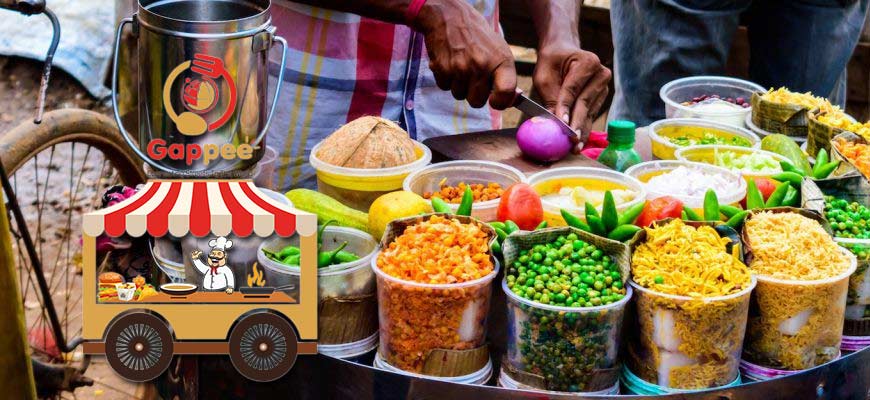Indian Street Food: Rooted in cultural legacy!
When the pandemic of the century (Covid19) struck, one of the first thoughts were for street food vendors who made their daily living by serving local delicacies, mostly prepared live and served us while we travelled for work or any other purpose. I could sense that they would be hardest hit as a knee- jerk reaction, as people would give up on outside food, particularly street food for obvious reasons.
Second thoughts were for those people who gorged on street food as soon as they stepped out of the house be it for shopping, visiting a friend, evening walks, school, college except the hospital.
Street food is deeply ingrained in our system irrespective of the strata we belong to. It doesn’t differentiate between caste, creed, nationality, gender, educational qualification or socio-economic status. Everybody loves it, everybody has it…If we talk of Mumbai, it is heaven for street food lovers. Food is tasty, prepared live uses freshly ground homemade masalas and chutneys and served with a lot of love. So much so, they customise preparation as per your tastes and requirement. Rarely it happens that he doesn’t check with you: Saada, Medium, Teekha. This is Mumbai terminology for your tastes.
Street Food of the city is not just about food being sold on streets, it is cuisine and culture of that state, which is a legacy of sorts. The concept surrounding street food consists of ancient imported roots from the Tomars, the Rajputs, the British, and the Mughal empire.
As expressed by Cultural Historian Rana Safvi, “The concept surrounding street food consists of ancient imported roots from the Tomars, the Rajputs, the British, and the Mughal empire. Hence, when people indulge in famous street dishes such as the Nihari, or the Seekh Kebab, they are also tasting history in the present-day…
…Furthermore, the street food business serves all kinds of people – from the working-class category to students – to the rich folk – to any common man.”
Who wouldn’t have tasted inimitable Vada Pav, Pav Bhaji, Poha, Upma, Paani Puri, Dahi Puri, Aloo Pattice, Biryani … the list is long, really long. Why only Mumbai, almost all cities in India have such clusters address aptly as Khau Gallis. Cultural centres like Jaipur, Jodhpur, Udaipur, Surat, Ahmedabad, Lucknow, Allahabad, Varanasi, Indore, Ujjain and saadi purani Dilli…all have their street food specialities. These represent the culture of the city, a legacy from where they originated and how they evolved over a period of time.
Why only India when we visit Bangkok or Seoul, can we skip street food there? No! It is a global phenomenon. With variations within regions and cultures, street food vending is found across the world. Sold by vendors, street food is ready to eat food or drink sold on the street and public spaces. Vendors usually use the portable booth, food cart or truck to sell the food items. The chief characteristics of street food are that street foods are reasonably priced and flavoured and easily available.
The street food industry has grown with prominence because of its high demand in the food market, besides socio-economic reasons. Its market share is also expanding because of its emphasis on freshness and taste in food items. Not only this, the industry’s business models have also evolved because of the business’s low investment requirement and high cost-effectiveness. Hence, street vendors have strived and are striving to prepare quality food that will entice demanding taste buds at a lower cost.
The time is now to bring them into the mainstream…
Tune in for such informative posts on the street food industry…

Bienu Varma Vaghela
Travel, Lifestyle & Culture Blogger
www.travel-knots.com
